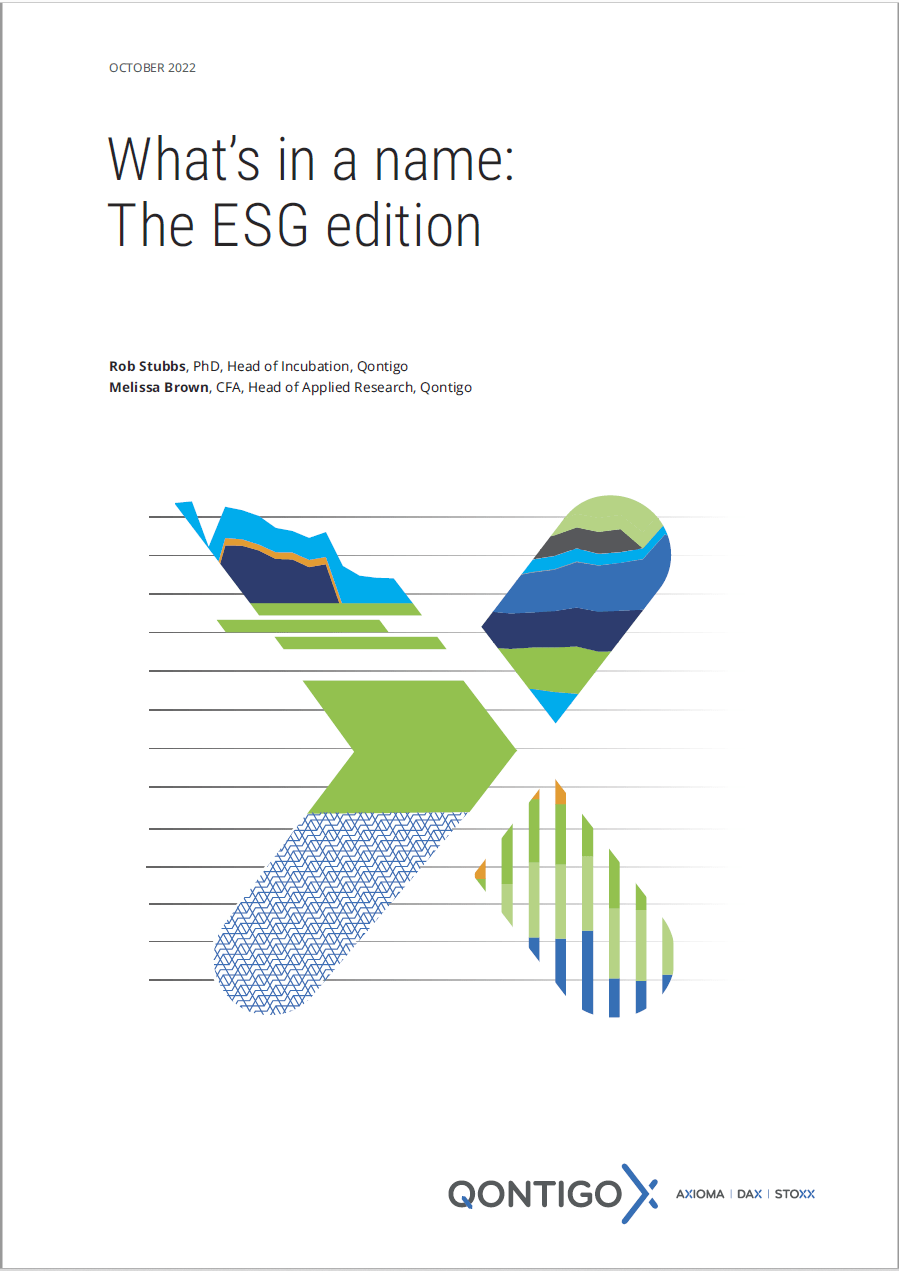In this paper, our goal is to show how sustainability ETF exposures to a number of sustainability-related factors may vary. It is eminently clear to us that investors with a view about key sustainability features cannot rely on the fund name, but instead need to do more digging into whether their fund meets the required criteria.
Our underlying premise is that the objective of any sustainable investment portfolio should be to encourage companies to start to “do better” and then continue to improve. Funds should be scrutinized to ensure they are meeting investor goals for sustainability, governance, etc., but should also provide a diversified set of exposures that reflect the economy from which the holdings are drawn.
Key findings:
- All the funds we studied had positive active exposures to a number of sustainability metrics, suggesting little evidence of greenwashing, at least in this set of funds.
- Some funds got their exposures by eliminating whole industries or sectors, meaning
– It will be difficult for them to achieve continued improvement
– They will not be able to engage management of those companies they have divested
– The portfolios do not reflect the underlying economies of the country or region and are therefore less well diversified than they could be - Optimization can produce better results in achieving sustainability goals as compared with heuristic security selection
